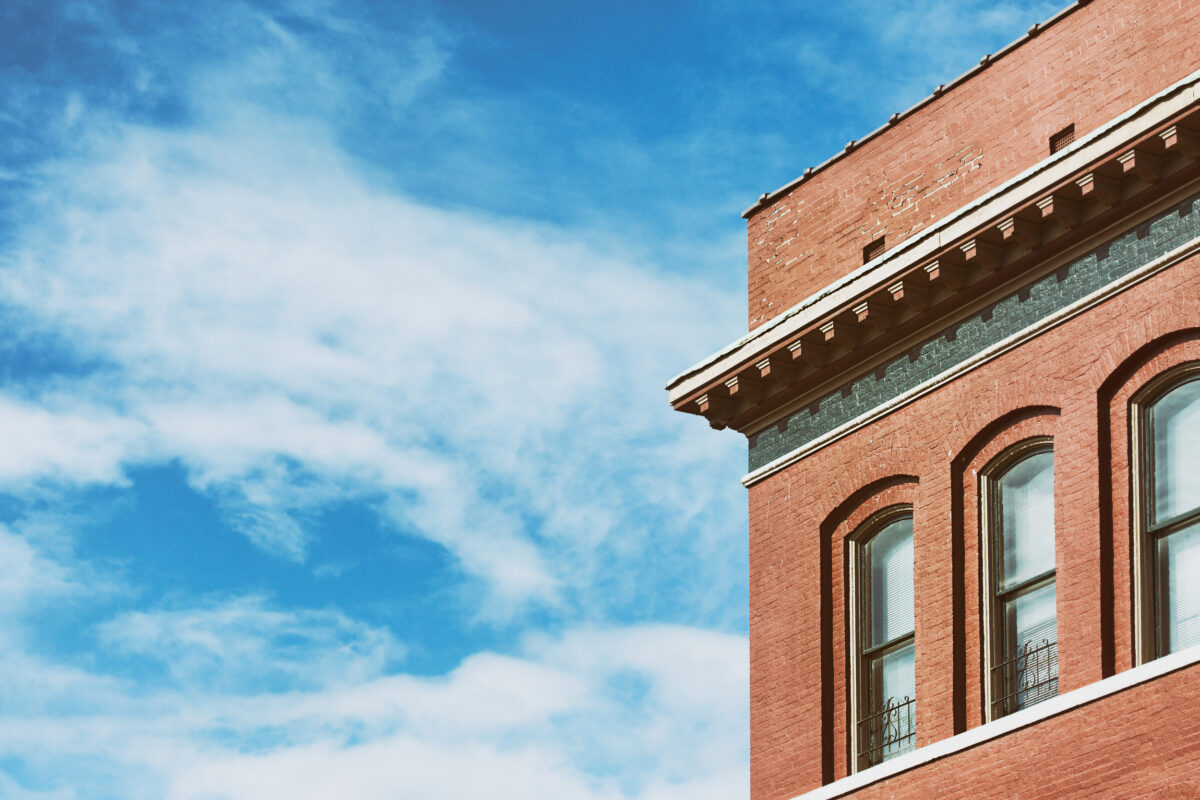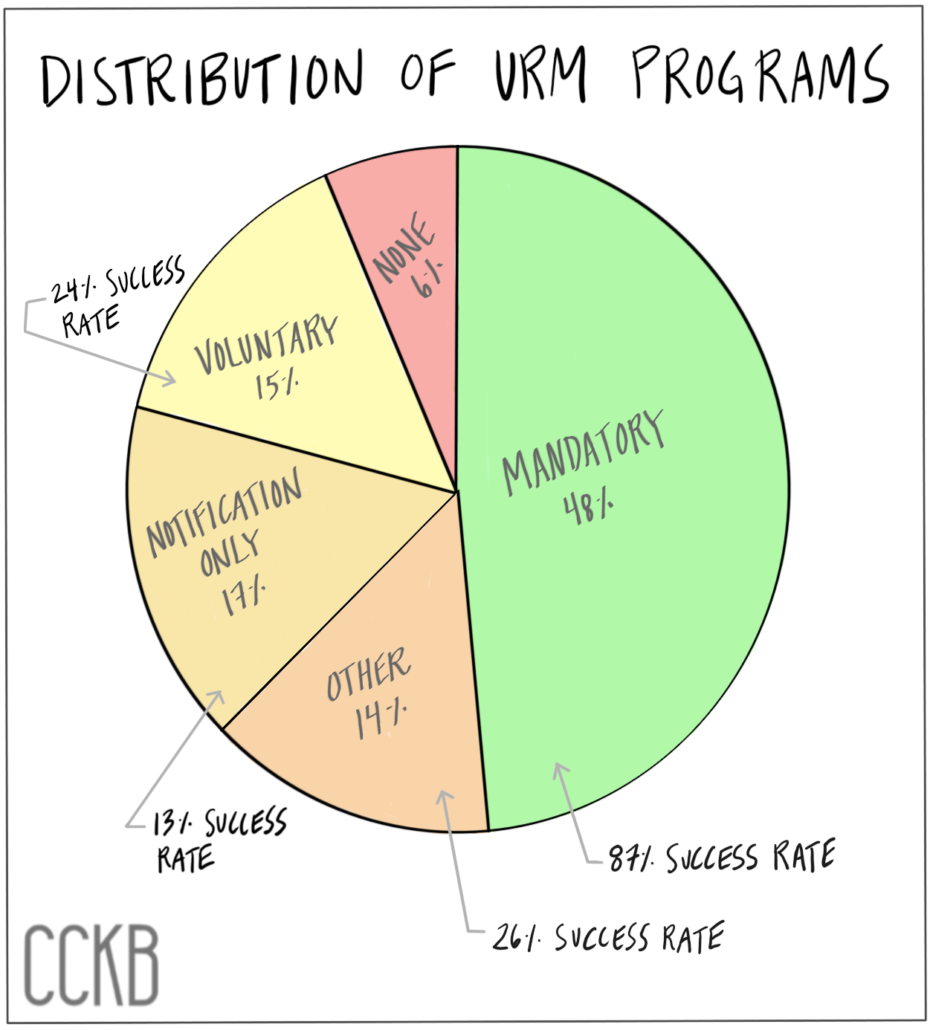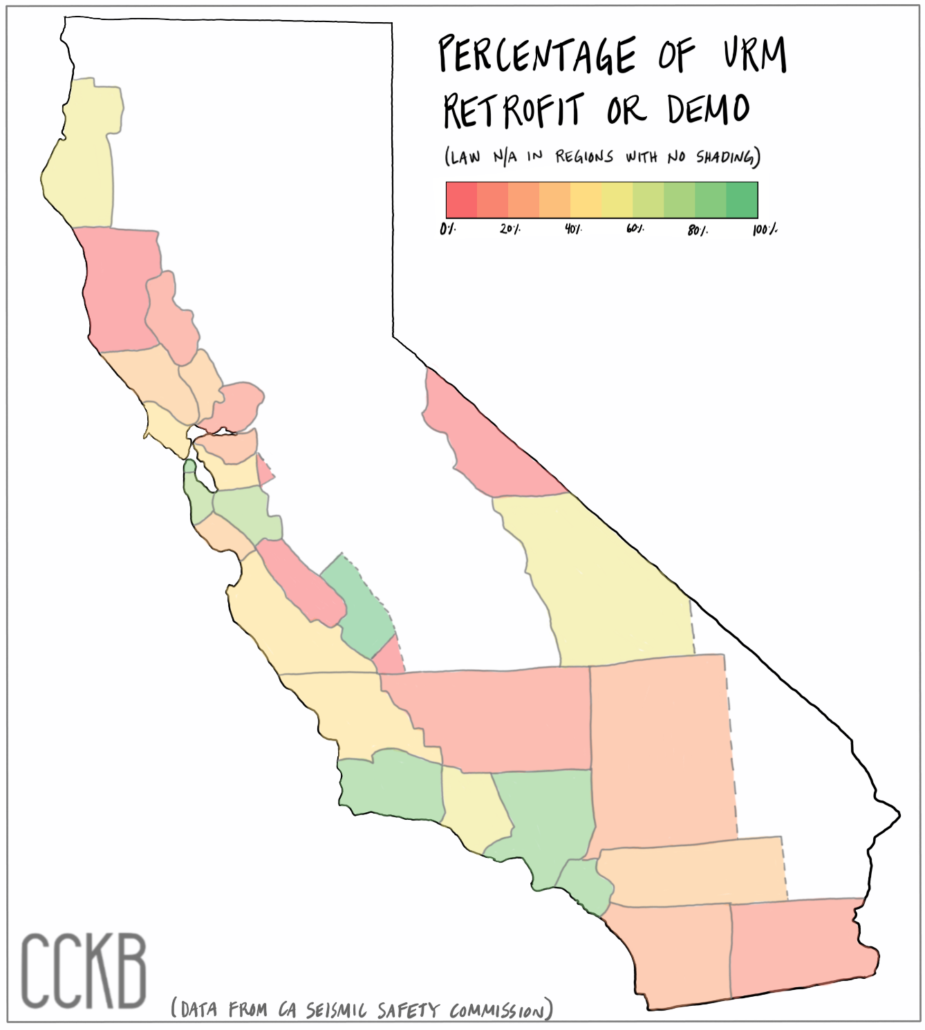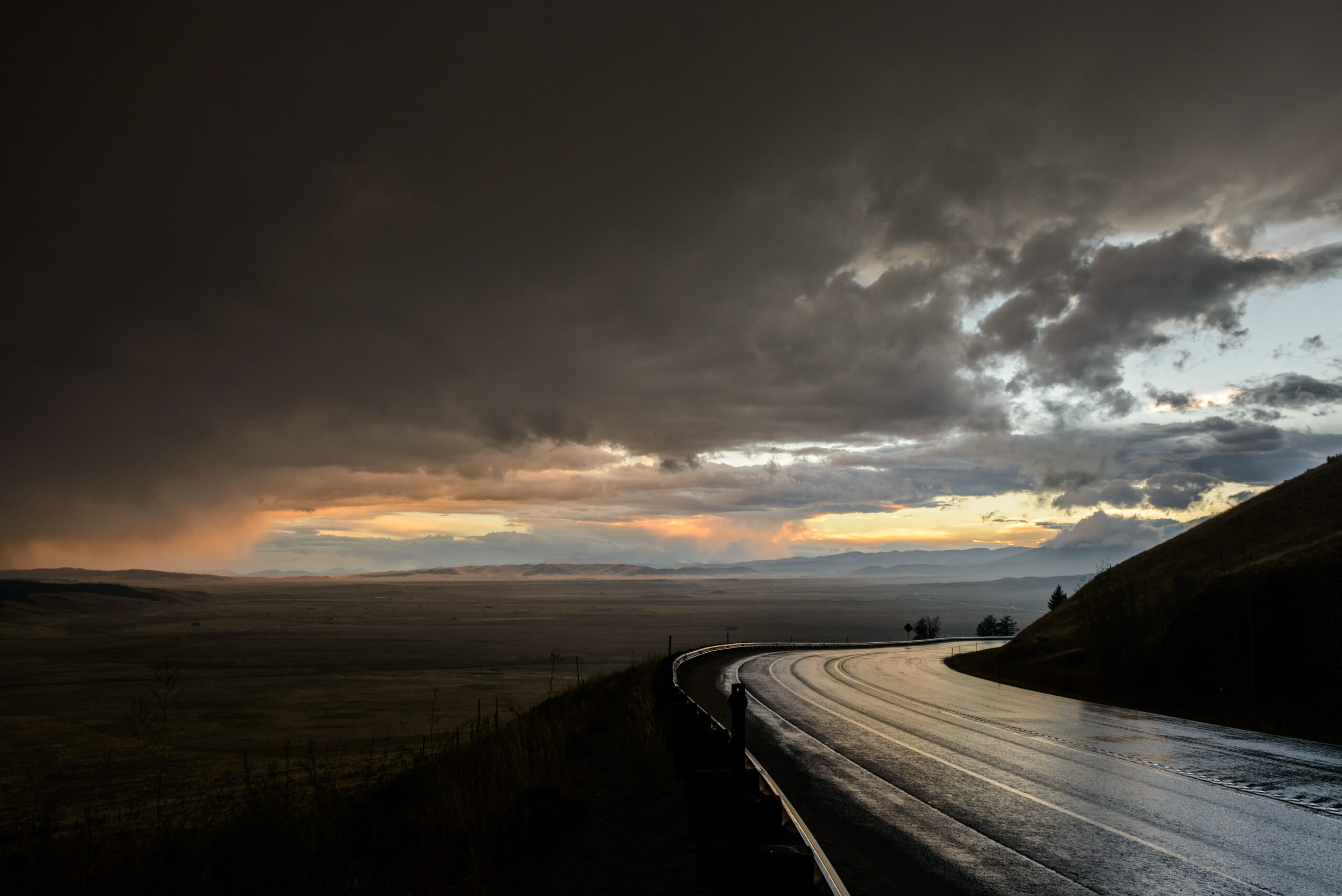Brick buildings are charming, but they’re a known danger during an earthquake. Unreinforced masonry (brick) buildings are especially dangerous if they haven’t been retrofitted.
Building codes in California have prohibited construction of new brick buildings since the 1930s, after a collapsing brick building in the 1933 Long Beach earthquake killed school children. However, brick buildings built before then might still be at risk, particularly if they have not been retrofitted. How do I know if my brick building is safe?
Throughout California, it’s required by state law to retrofit unreinforced brick buildings. However, enforcement is left to individual cities. Some cities have passed regulations to fix older brick buildings, but some cities have not. And even in cities where retrofit is required, not every building owner complies. This is common with brick buildings. Is this allowed?
What Happens If I Don’t Get A Retrofit?
If you don’t get a retrofit to fix your old brick building, you are putting people’s lives at risk.
Brick buildings, also called unreinforced masonry buildings, are dangerous during and after earthquakes. Bricks and mortar are not strong enough to stay standing with the horizontal and wave-like shaking. The brick walls peel away from the building, destabilizing the floor supports, often leading to collapse.
On August 24, 2014, five years ago, we saw what happens when a building owner does not get a retrofit to make their brick building safer. In the heart of downtown Napa, six retrofitted brick buildings were ready to re-open after the M6.0 earthquake. They couldn’t open because an adjacent unretrofitted unreinforced brick building placed the others in direct danger from toppling brick walls in the case of an aftershock.
The entire block was red-tagged, so the owners, businesses, and the public could not enter the buildings. The owner of 810-814 Brown Street had refused to retrofit the building in the first place, and even after the earthquake chose not to mitigate the risk to the neighbors. To re-open, one of the red-tagged neighbors spent $30,000 to engineer and construct a structure on their roof to catch falling stone from the damaged building.
It wasn’t until January 2015 that the owner stabilized his buildings. Even now, on the fifth anniversary of the earthquake, full repairs have not been made, and occupancy is not allowed.
| Then | Now |
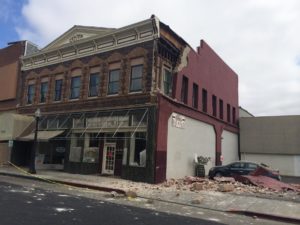 | 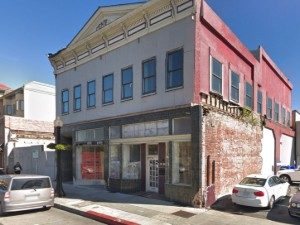 |
| Photo by Erol Kalkan, USGS | Google Earth |
Brick buildings have been a known hazard for decades, and laws to protect against collapsing brick walls went into effect over thirty years ago. Sonoma County, where Napa is located, required that the owners of the 316 unretrofitted brick buildings make their structures safer before July 2009. As of the August 2014 earthquake, there were still 204 buildings not in compliance with the law.
How Did This Happen?
In 1986, California passed a law requiring local governments to survey the building stock and document unreinforced masonry buildings. Senate Bill 547 also loosely required that jurisdictions start a mandatory or voluntary retrofit program. Enforcement of the program was left to the local government if they even required retrofits. Each jurisdiction set their triggers for if or when a retrofit was required, which led to huge disparities.
Every large city in California still has unretrofitted masonry buildings. Twenty years after the unreinforced masonry building law passed, the mitigation rate in California was 51%.
Am I in an Unretrofitted BRICK Building?
If you are in the City of Berkeley, they provide a list of the remaining five unretrofitted brick buildings. Other cities should follow this excellent example so that businesses, renters, and workers can make informed decisions for their safety.
If your city doesn’t provide a list of unsafe structures, here’s the first thing to look for to spot an unreinforced masonry building versus a reinforced masonry building: columns and bracing made of steel. Take a look inside neighbors of 810-814 Brown Street, and you’ll see the steel columns and steel bracing, which reinforce the brick building.

How Can I get A Retrofit?
Here are some resources for owners of brick buildings:
- Portland Oregon’s Summary on Retrofit Steps, Impacts, and Costs
- FEMA’s Seismic Building Codes
Keep reading to learn more about unreinforced masonry buildings and how to spot and avoid them.
